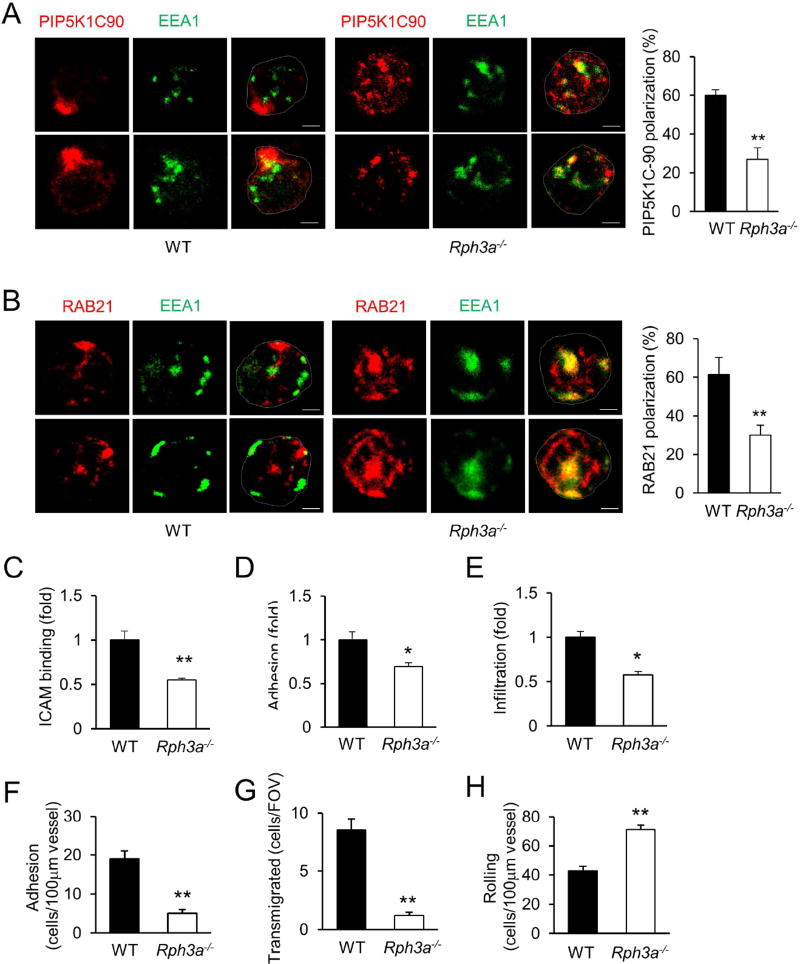Figure 5. RPH3A is involved in PIP5K1C90 and RAB21 polarization.
A,B. RPH3A-deficiency impairs polarization of PIP5K1C90 and RAB21 in mouse neutrophils. Mouse neutrophils transfected with HA-PIP5K1C90 were placed on fibrinogen (Fb)-coated coverslips for 30 min and stained by anti-EEA1 and anti-HA (A) or anti-RAB21 (B) antibodies, followed by secondary antibodies conjugated with Alexa488 (colored in green) and Alexa633 (colored in red). The percentage of neutrophils showing polarization was quantified from three independent observations, and more than 15 cells were examined in each observation. Data are presented as means ± SD (**, p<0.01, Student’s t-Test).
C–E. RPH3A-deficiency impairs neutrophil binding to ICAM1 (C), adhesion to endothelial cells under shear flow (D), and infiltration into inflamed mouse peritonea (E). Data are presented as means ± SEM (*, p<0.05, **, p<0.01, Student’s t-Test, n>4)
F–H. Effect of RPH3A-deficiency on neutrophil-endothelial cell interaction in inflamed cremaster muscle venues. Adhesion (F), transmigration of neutrophils (G), and rolling flux (H), were determined after stimulation of the cremaster muscle with TNFα (0.5 µg) for 4h. All values are means of n = 3 animals (with 5 to 7 vessels per animal) ± SEM. (**, p<0.01, Student’s t-Test).

